Search Images
Browse Content (p. 1152)

Image
Mehmed II
A 15th century CE portrait by G. Bellini of Mehmed II (r. 1451-1481 CE), Sultan of the Ottoman Empire and conqueror of Constantinople in 1453 CE.
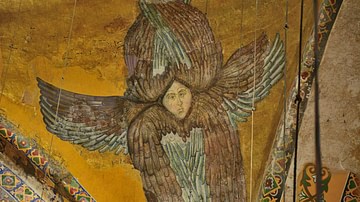
Image
The Seraphim Mosaic
The Seraphim Mosaic, Hagia Sophia, Istanbul. Around the Pantocrator mosaic from the 9th century CE which was on the central dome. The "seraphim’’ are depicted in red.
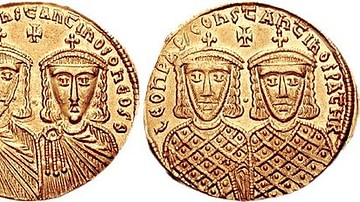
Image
Leo IV & Constantine VI
A gold coin depicting Byzantine emperor Leo IV (r. 775-780 CE) on the right and his son and successor Constantine VI (r. 780-797 CE) on the left. (Classical Numismatic Group, Inc. http://www.cngcoins.com)
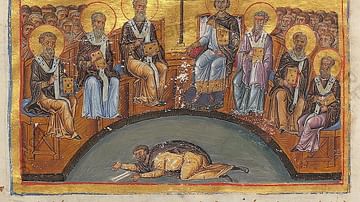
Image
Seventh Ecumenical Council
An 11th century CE illustration of the Seventh Ecumenical Council which decreed the end of iconoclasm in the Byzantine Church, in September 787 CE. Emperor Constantine VI (r. 780-797 CE) is depicted sitting immediately right of the central...
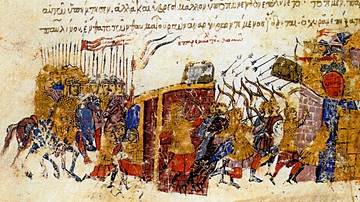
Image
Thomas the Slav Attacks Constantinople
An illustration from a 12th century CE manuscript depicting Thomas the Slav besieging Constantinople 821-823 CE. (Madrid Skylitzes, National Library, Madrid)
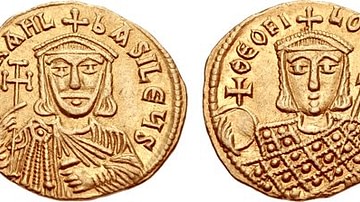
Image
Michael II & Theophilos
A gold coin depicting Byzantine emperor Michael II (r. 820-829 CE) and his heir and successor Theophilos. (Classical Numismatic Group, Inc. http://www.cngcoins.com)
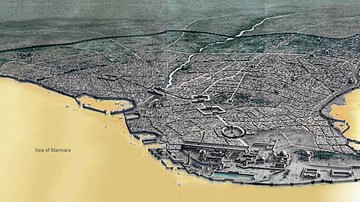
Image
Constantinople
A map illustrating Byzantine Constantinople and the Golden Horn.
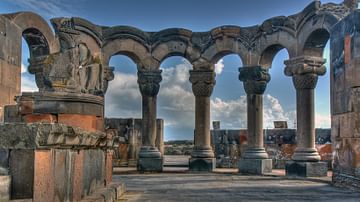
Image
Zvartnots Cathedral Colonnade
Zvartnots is the oldest and largest aisled tetraconch church in historical Armenia. It was built in the middle of the 7th century CE, under the instructions of the Catholicos Nerses III (r. 641-661 CE).
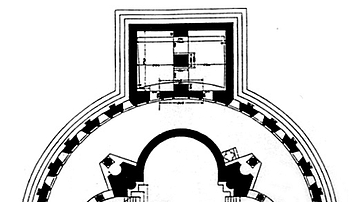
Image
Zvartnots Cathedral Plan
Zvartnots is the oldest and largest aisled tetraconch church in historical Armenia. It was built in the middle of the 7th century CE, under the instructions of the Catholicos Nerses III (r. 641-661 CE). It was partially reconstructed in 1905...

Image
Zvartnots Cathedral
Zvartnots is the oldest and largest aisled tetraconch church in historical Armenia. It was built in the middle of the 7th century CE, under the instructions of the Catholicos Nerses III (r. 641-661 CE).